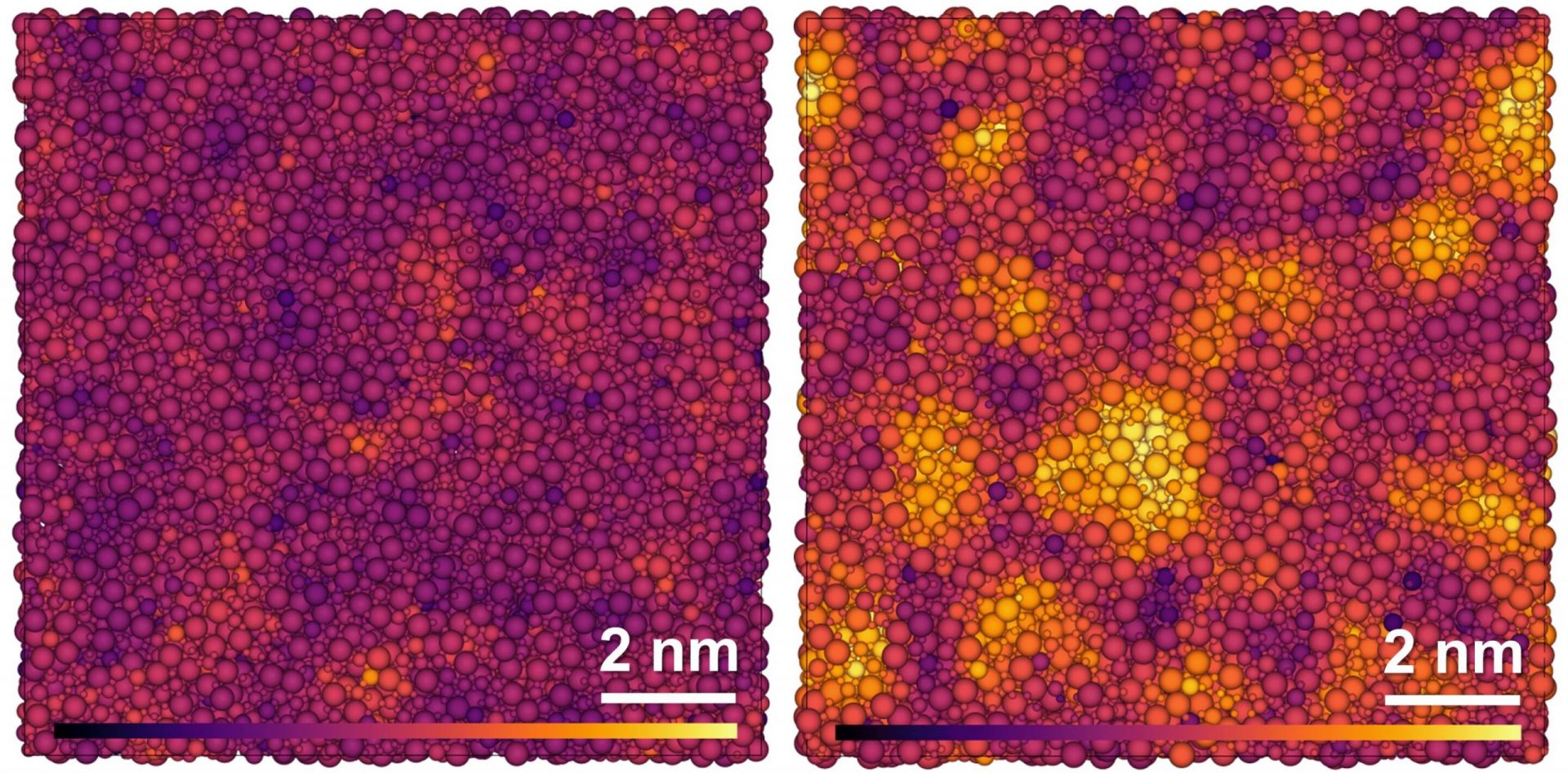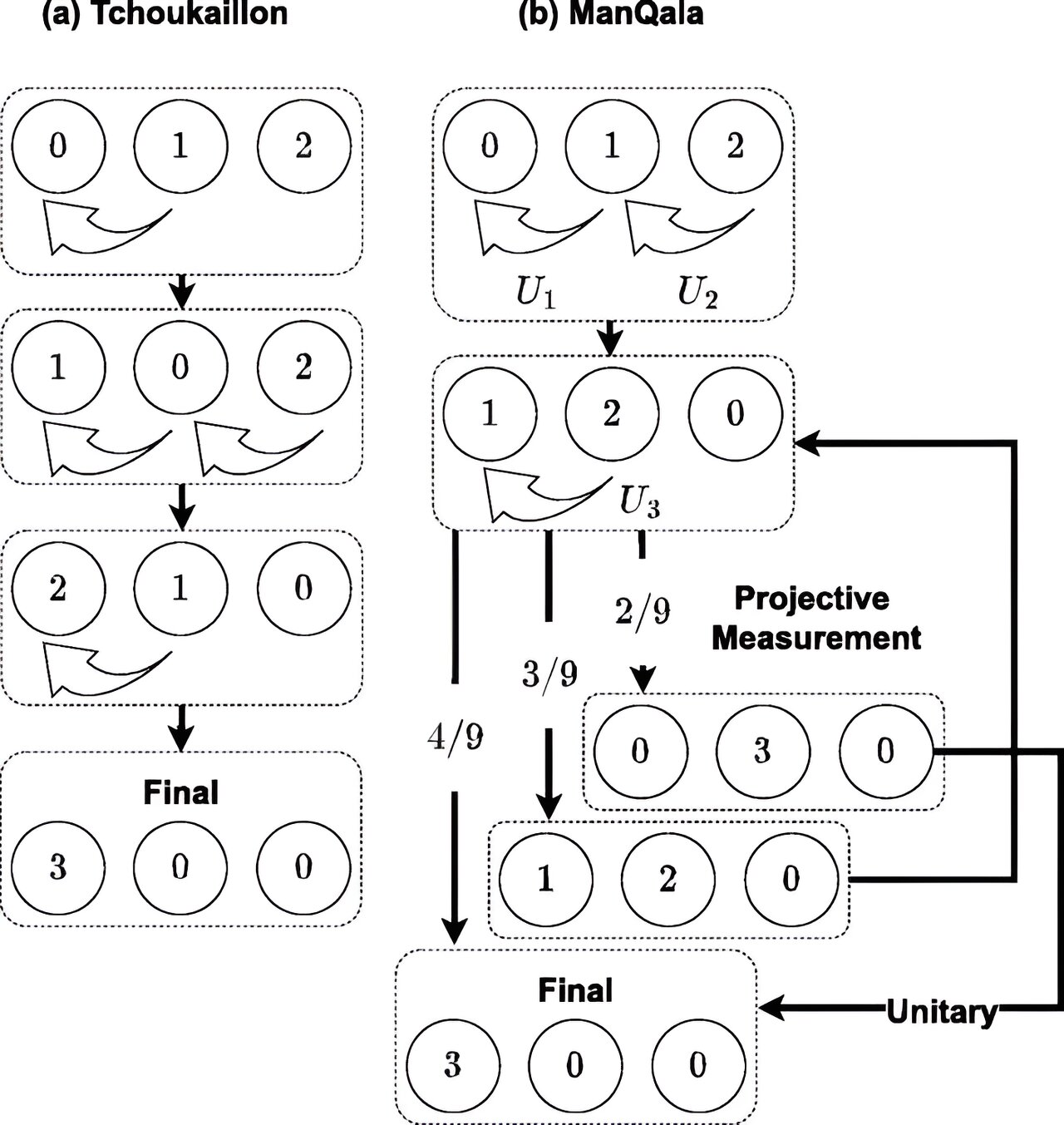Prepare to be amazed! Researchers at the University of Bayreuth, in collaboration with partners in China and the U.S., have achieved something truly groundbreaking. They have created an oxide glass with unparalleled toughness. By subjecting the glass to high pressures and temperatures, they were able to transform it into a material with crystal-like structures, making it highly resistant to damage.
Glass has always been an attractive material for modern technologies, but its brittleness has been a major drawback. Cracks and fractures have limited its potential applications. Previous attempts to increase the toughness of glass while maintaining its advantageous properties have fallen short. However, a new approach, recently published in Nature Materials, offers a promising solution.
The researchers started with oxide glasses, which are widely used commercially and have a disordered internal structure. By utilizing aluminosilicate, a compound containing silicon, aluminum, boron, and oxygen, they were able to create a new structure using high-pressure and high-temperature technologies at the Bavarian Research Institute of Experimental Geochemistry and Geophysics (BGI) of the University of Bayreuth.
Under pressures between 10 and 15 gigapascals and a temperature of around 1,000°C, the atoms of silicon, aluminum, boron, and oxygen formed crystal-like structures. These structures, known as “paracrystalline,” are a unique intermediate state between completely irregular structures and clear regular crystals.
Both empirical analyses and theoretical calculations confirmed the presence of these paracrystalline structures even after the pressure and temperature returned to normal ambient conditions. The glass’s toughness increased significantly due to these structures, reaching an unprecedented value of up to 1.99 ± 0.06 MPa (m)¹/². Remarkably, the transparency of the glass remained largely unaffected.
The researchers attribute the extraordinary strengthening of the glass to the fact that external forces, which would typically cause breakage or internal cracks, now primarily target the paracrystalline structures. These forces dissolve parts of the structures, transforming them back into an amorphous, random state. As a result, the glass gains greater internal plasticity, making it resistant to breaking or cracking even under strong forces.
“This discovery showcases an effective strategy for developing highly damage-tolerant glass materials, which we will continue to explore in our future research,” said Dr. Hu Tang, the first author of the study.
“The increase in toughness through paracrystallization demonstrates the significant impact that atomic-level structural changes can have on the properties of oxide glasses. There is immense potential for optimizing glass as a material at this level, and we are far from exhausting it,” added Prof. Dr. Tomoo Katsura of the Bavarian Research Institute of Experimental Geochemistry and Geophysics.
,,,








